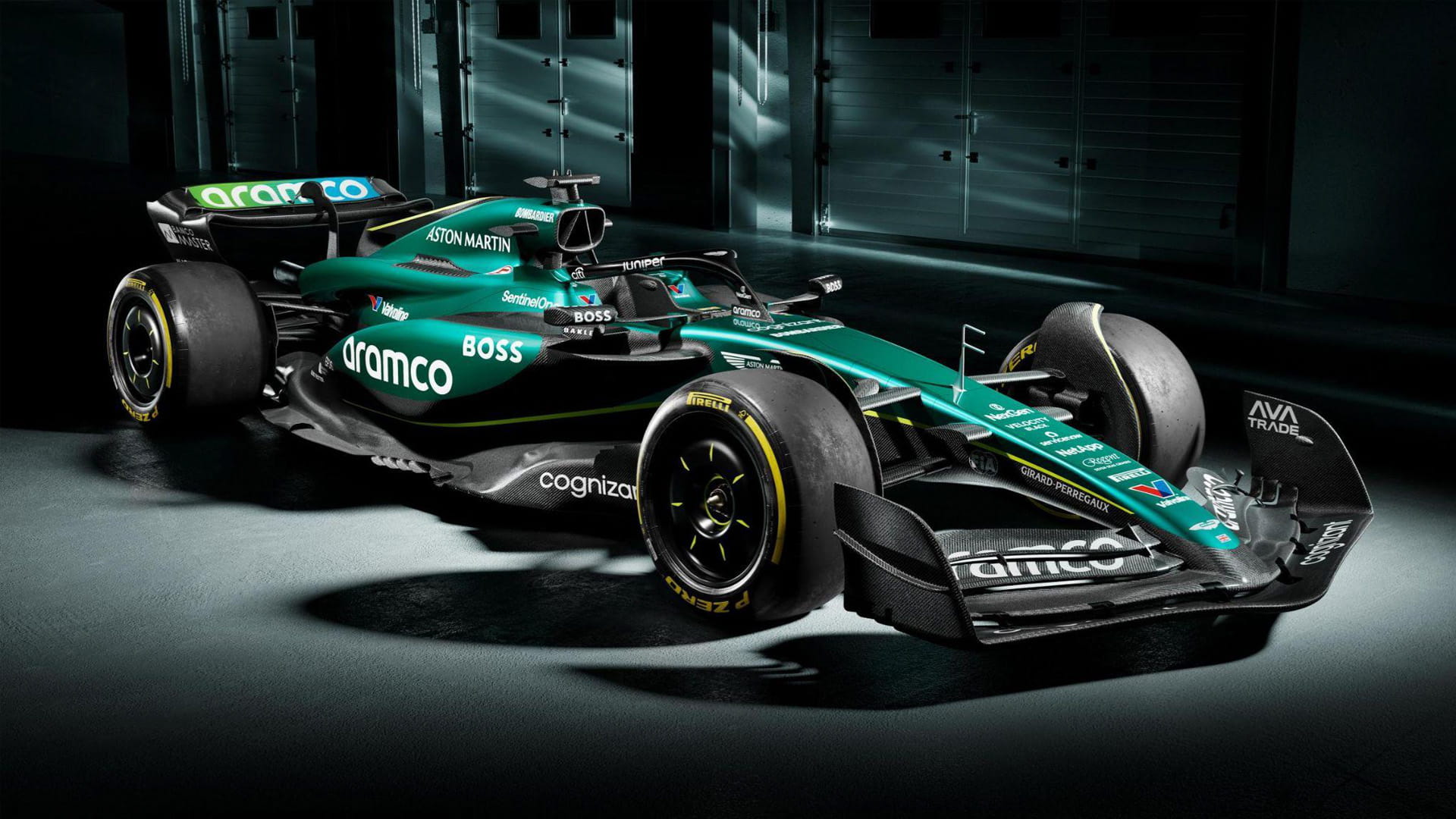Car
The multi-layered process of painting a Formula 1 car
by Samarth Kanal
5min read

The Formula 1 grid comprises a spectrum of coloured cars - but what does it take to paint a design onto a carbon fibre chassis? We look at the cost, weight and design implications of this process.
.jpg?cx=0.5&cy=0.5)
Car, Innovation
Formula 1 brakes: The science of how F1 cars slow down from 360km/h
Choosing the shade of paint
Aston Martin’s signature colour, currently dubbed ‘Aston Martin Racing Green’, is visible across much of its AMR24.
This colour is thought to stem from ‘British racing green’, which actually has its roots in Ireland, but has appeared on iconic British racing cars from marques such as Bentley, Vanwall, Jaguar and, of course, Aston Martin.
When Aston Martin re-entered F1 in 2021, it used a different shade of green but tweaked that shade to a brighter shade in 2022.

Aston Martin used a different shade of green when it returned to compete in F1 in 2021

A change in colour has wider-ranging implications: it needs to be carried over to the garage, race suits, hospitality, and more areas
Which areas of an F1 car are left unpainted?

Unpainted areas of the Aston Martin AMR24 include those areas prone to damage such as the wings and floor

The direction and pattern of the carbon fibre weave needs to match to ensure a more congruous look to the car
Painting versus wrapping

A close-up of Alpine’s special Deadpool vs Wolverine wrap for the 2024 Belgian Grand Prix

Aston Martin is in the process of expanding its headquarters, which will include a new paintshop with two booths
How to paint an F1 car
Will 2026 bring more colour to the F1 grid?

The 2026 F1 cars may be lighter, but they might also include more paint

/image-(2).jpg?cx=0.5&cy=0.5)



